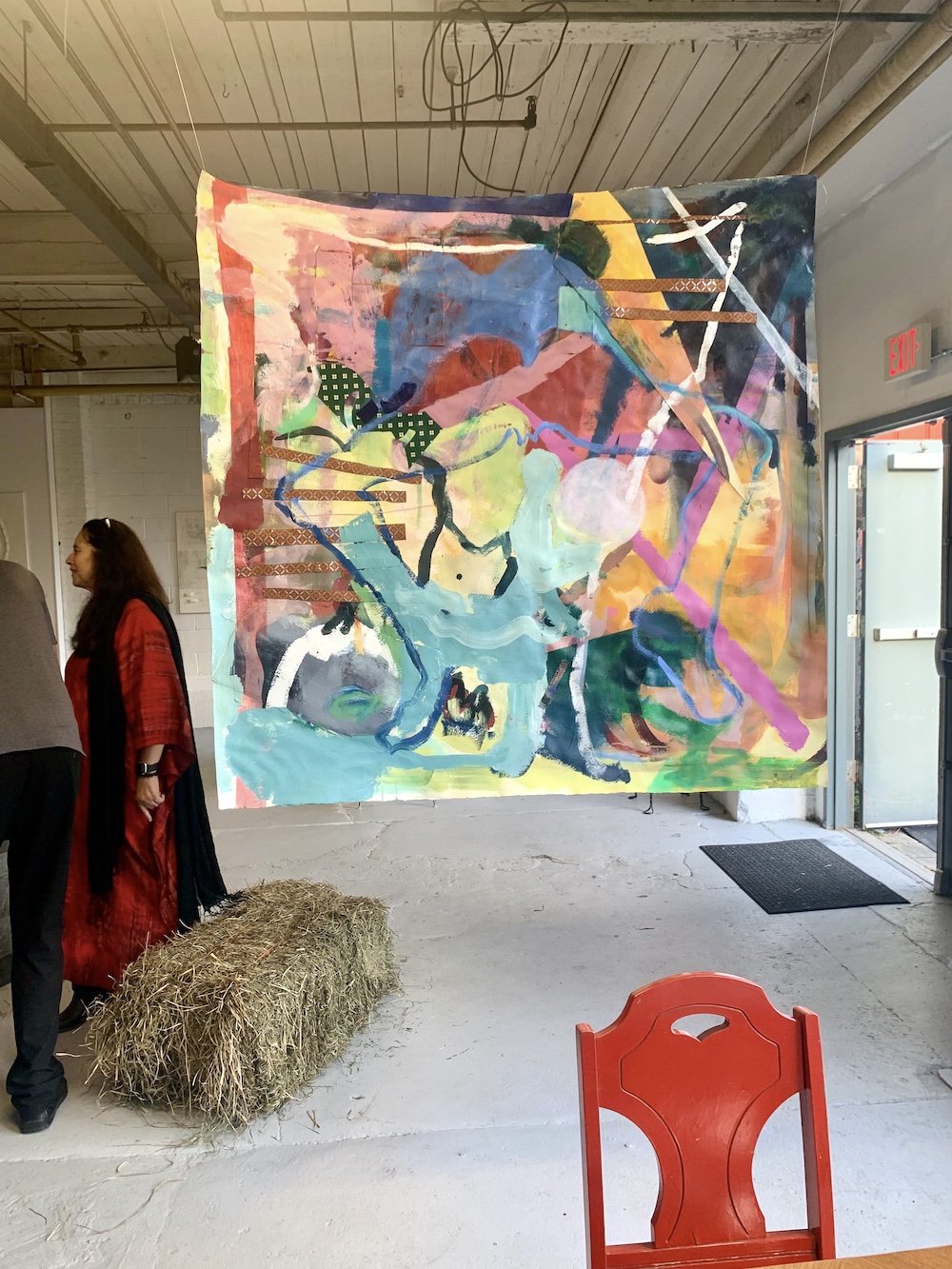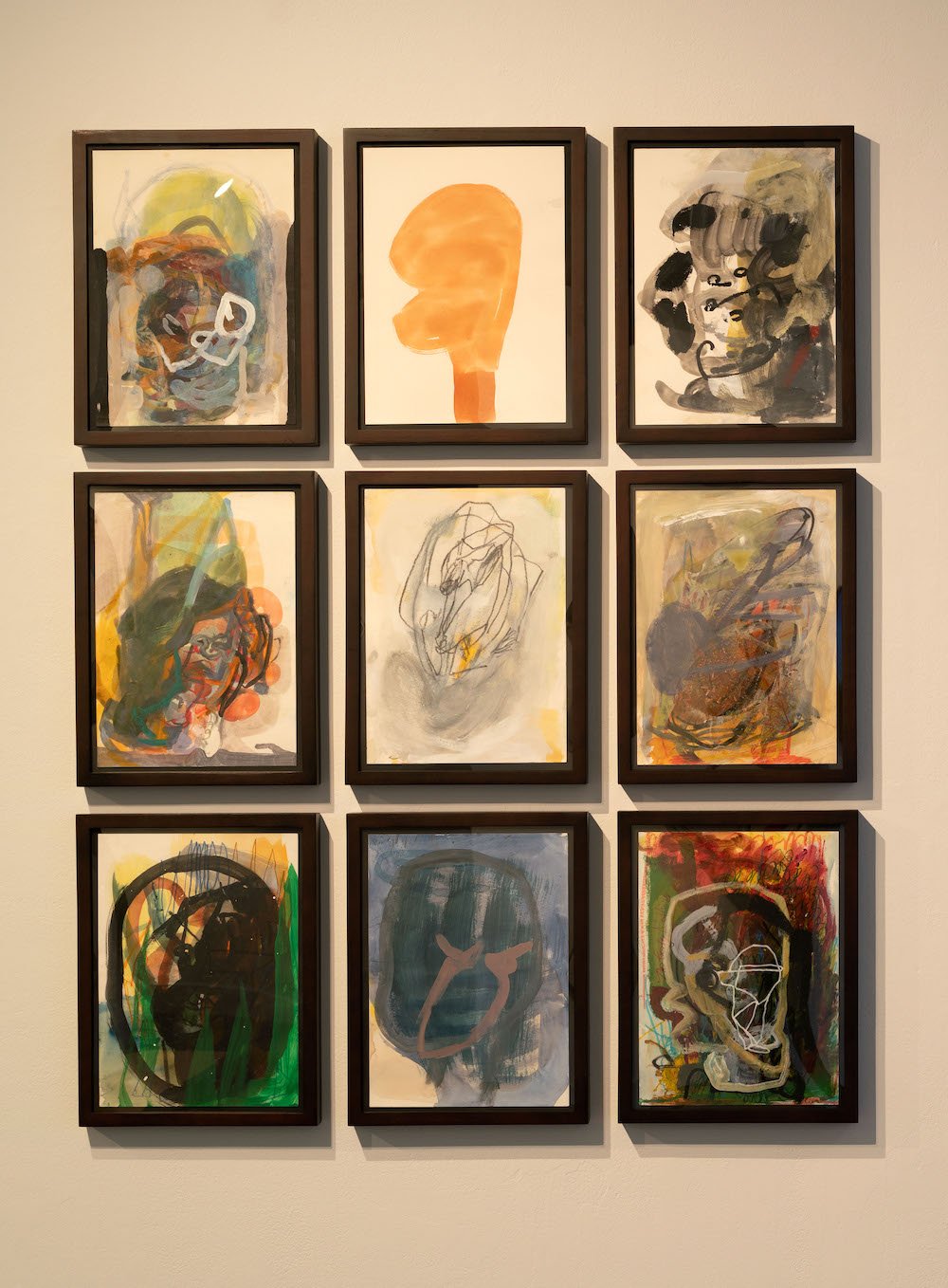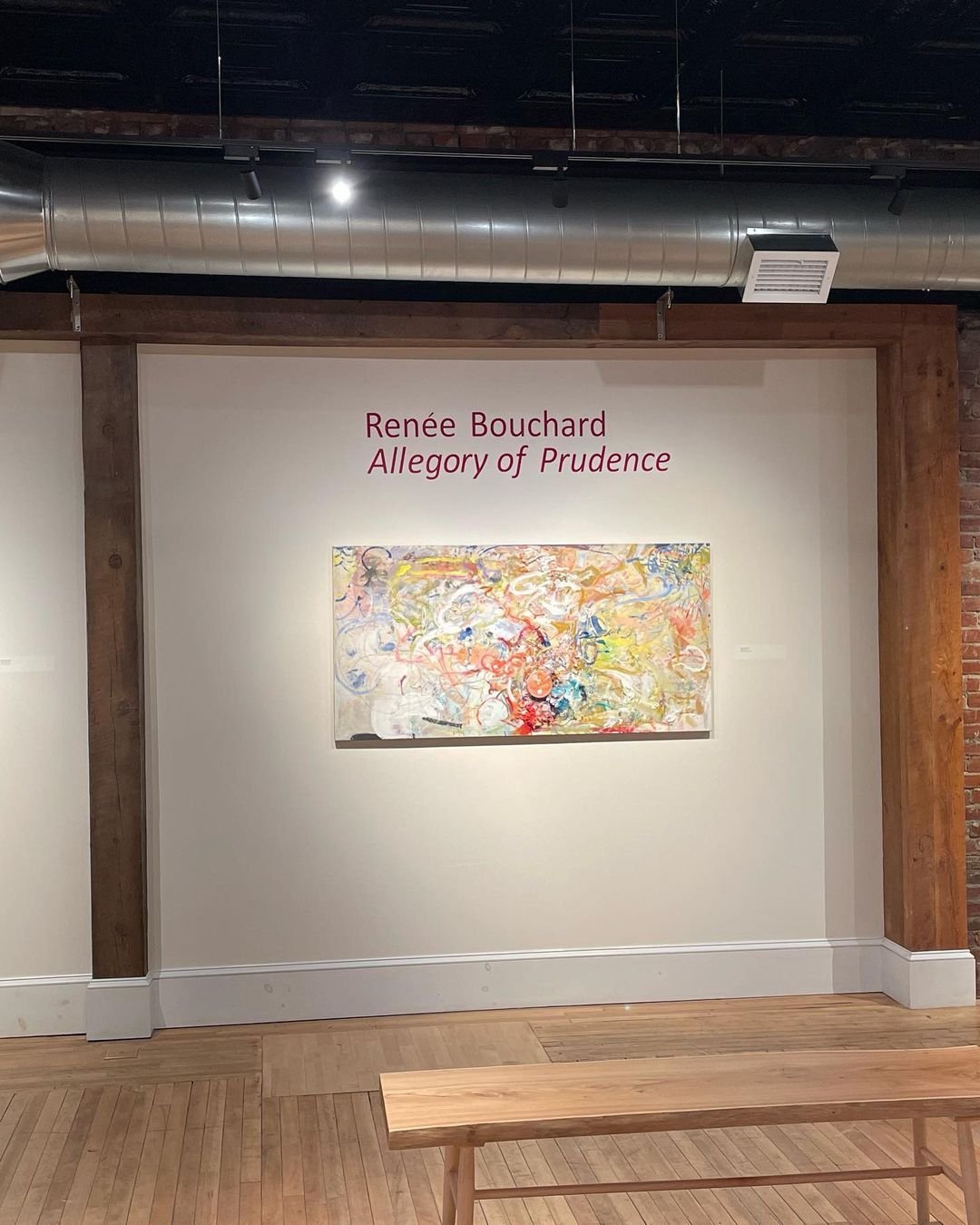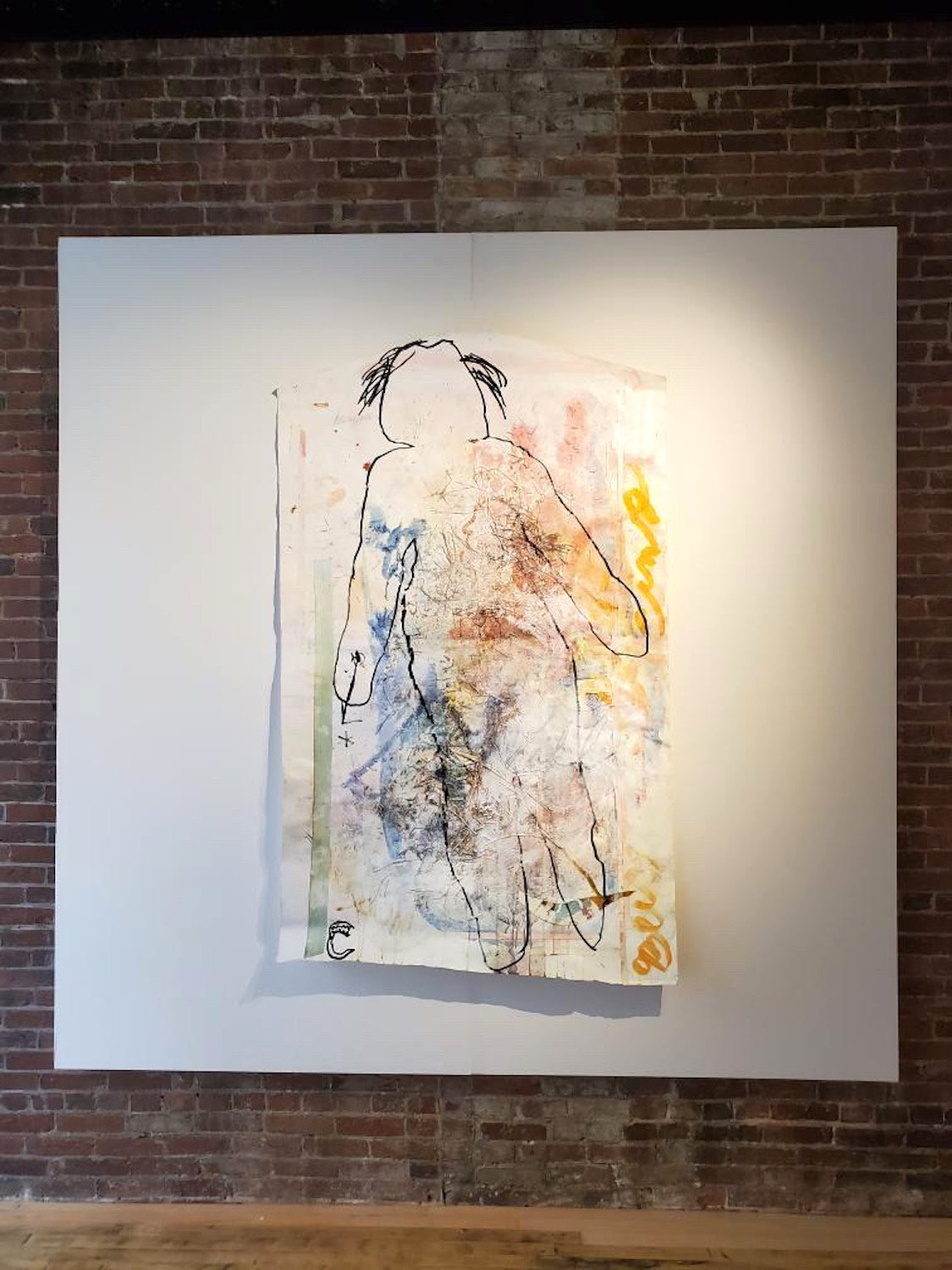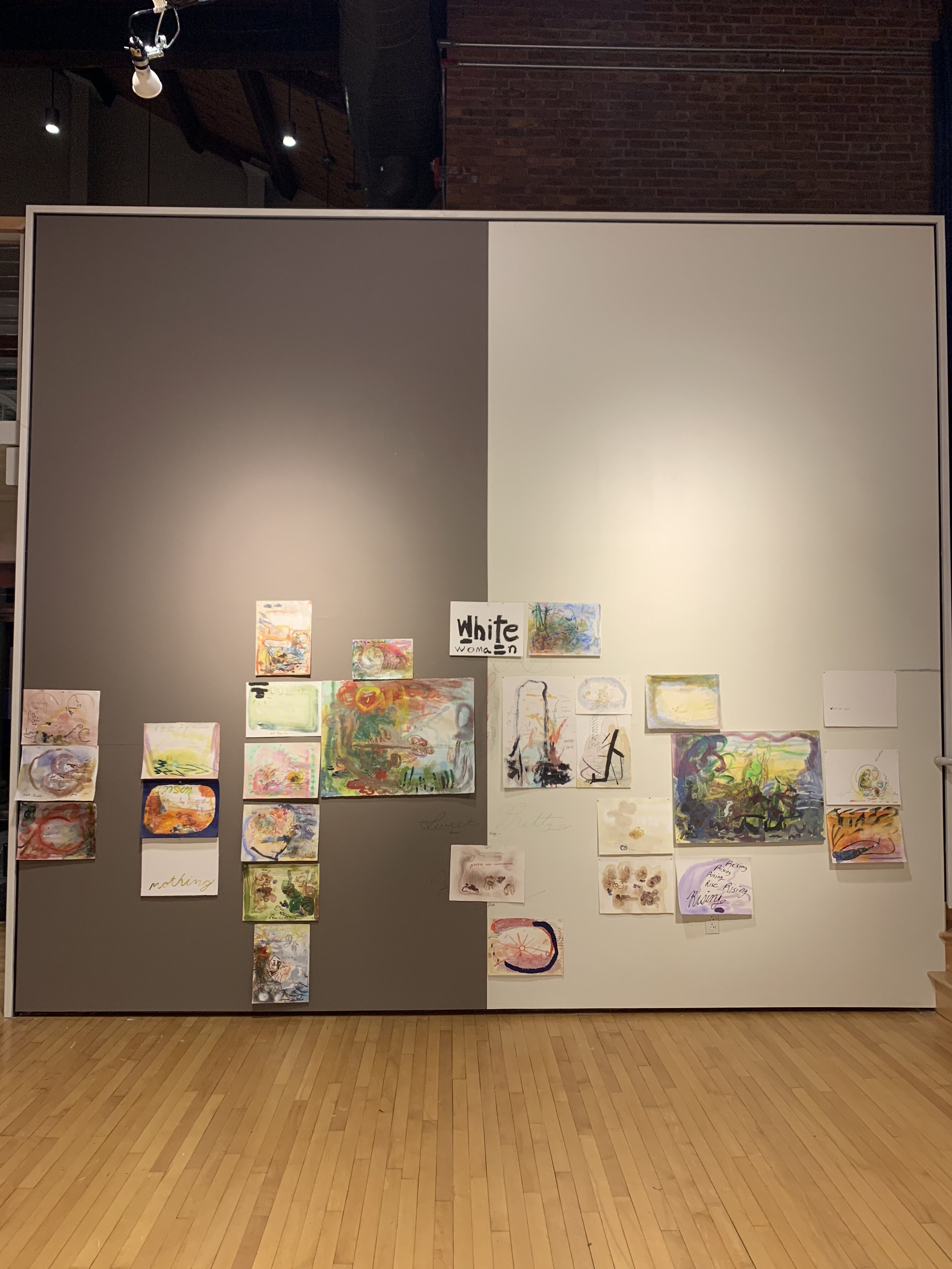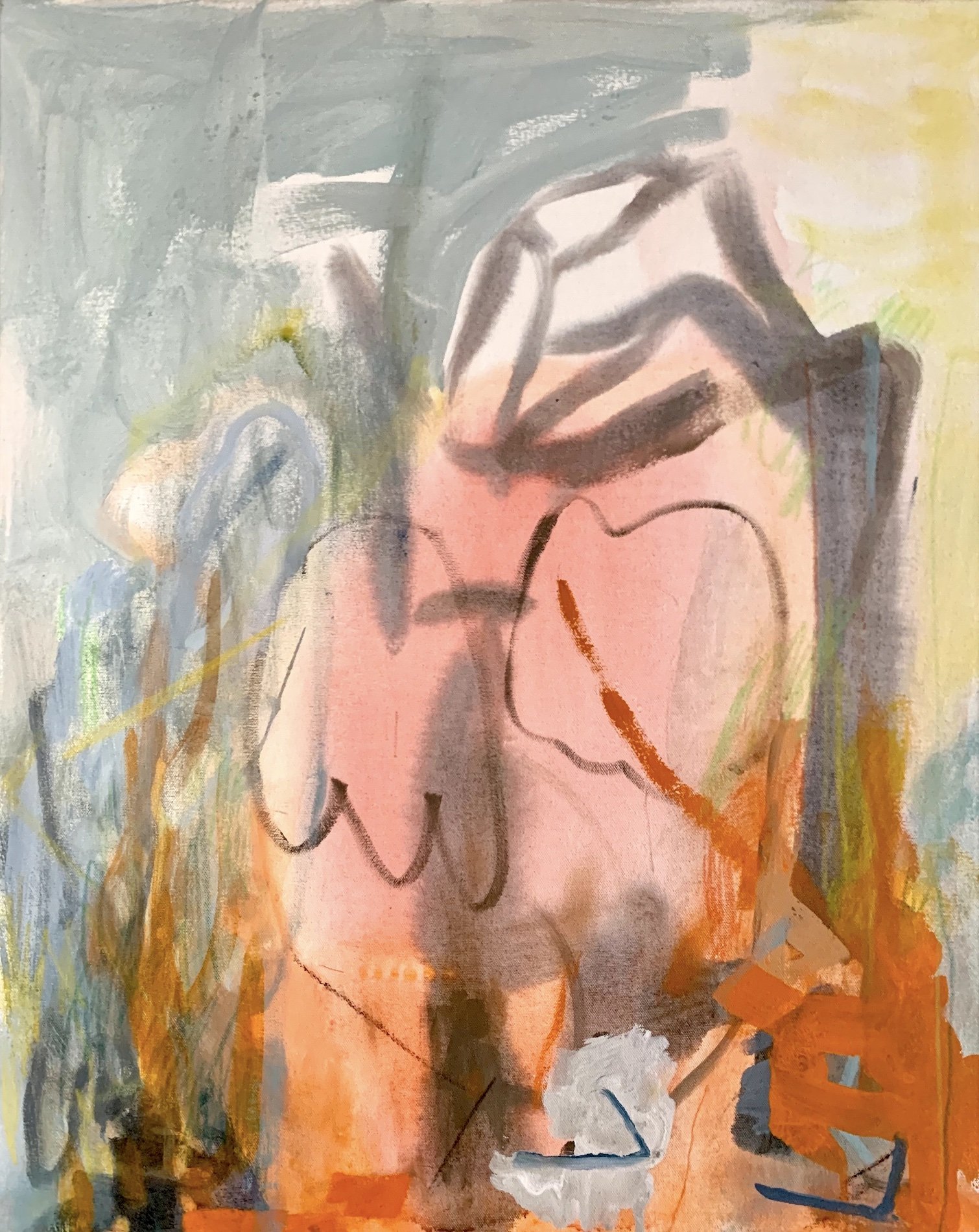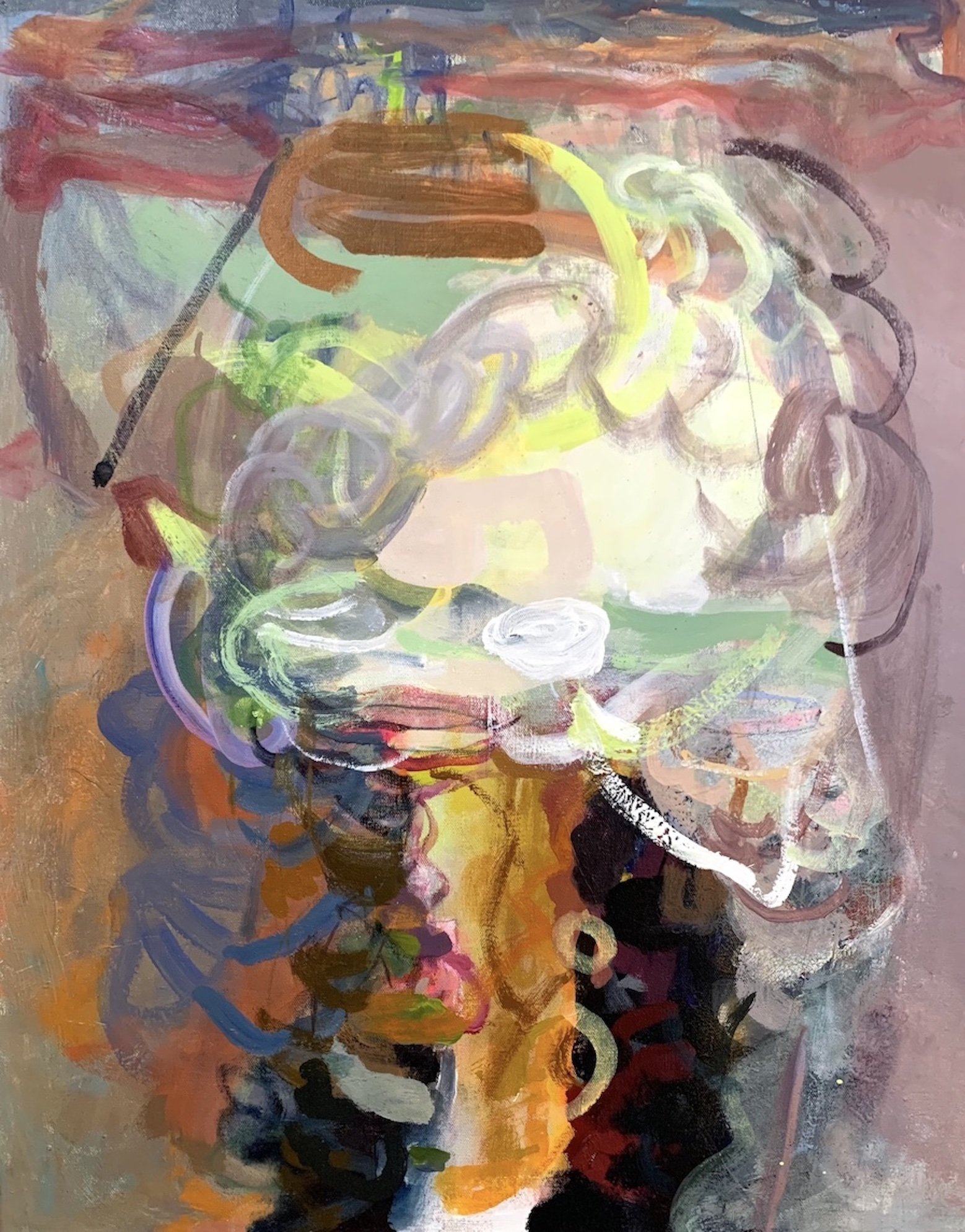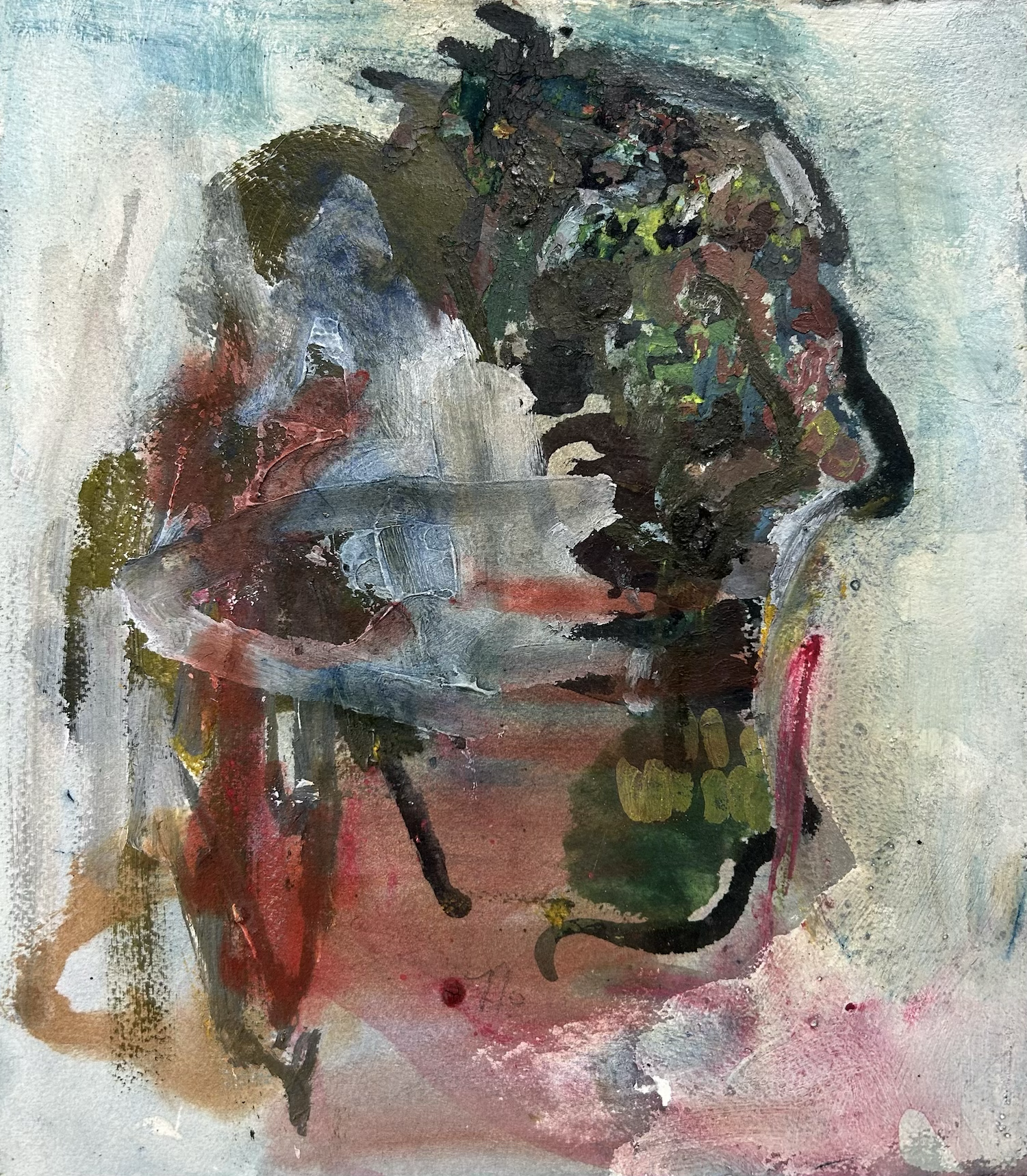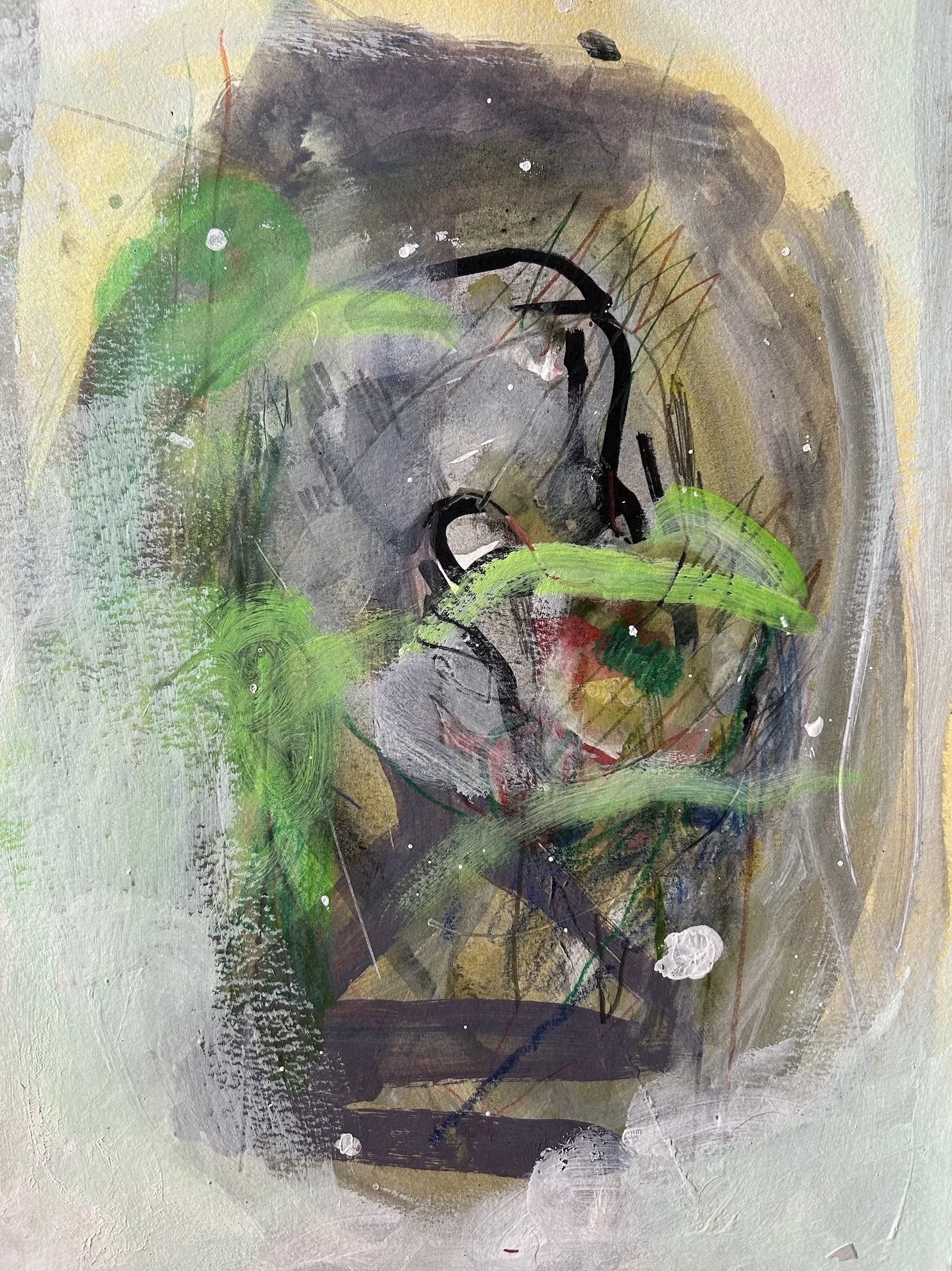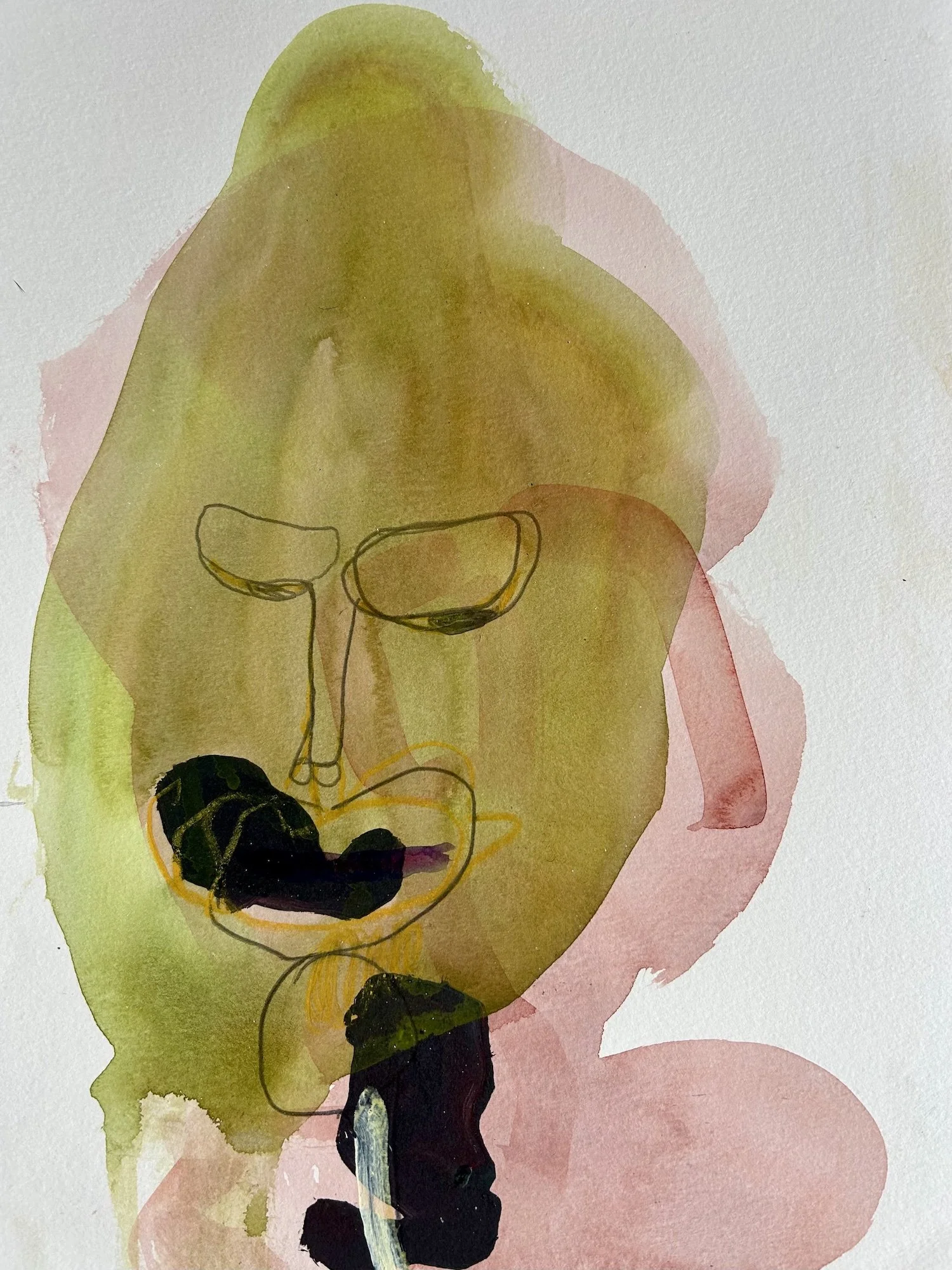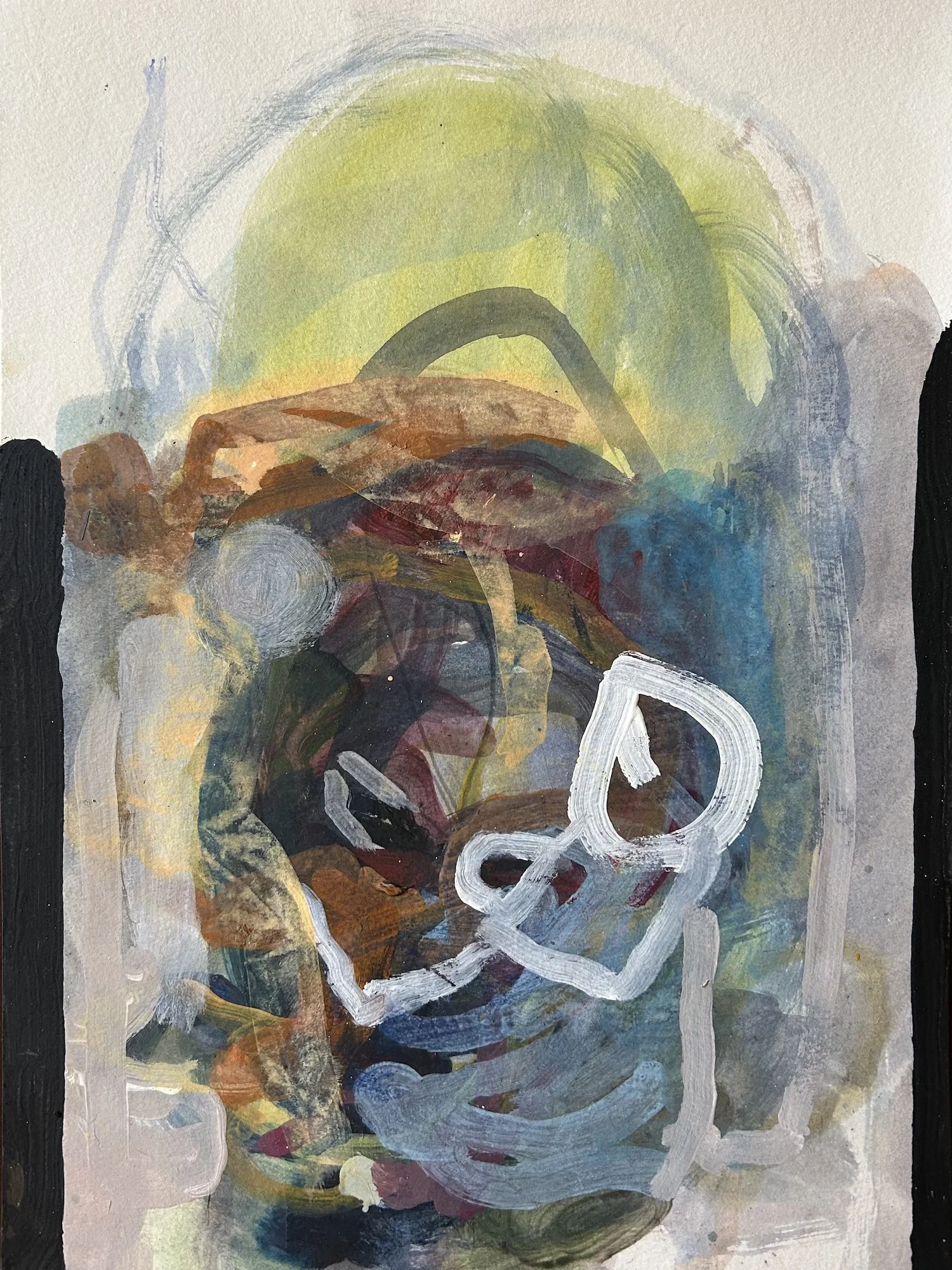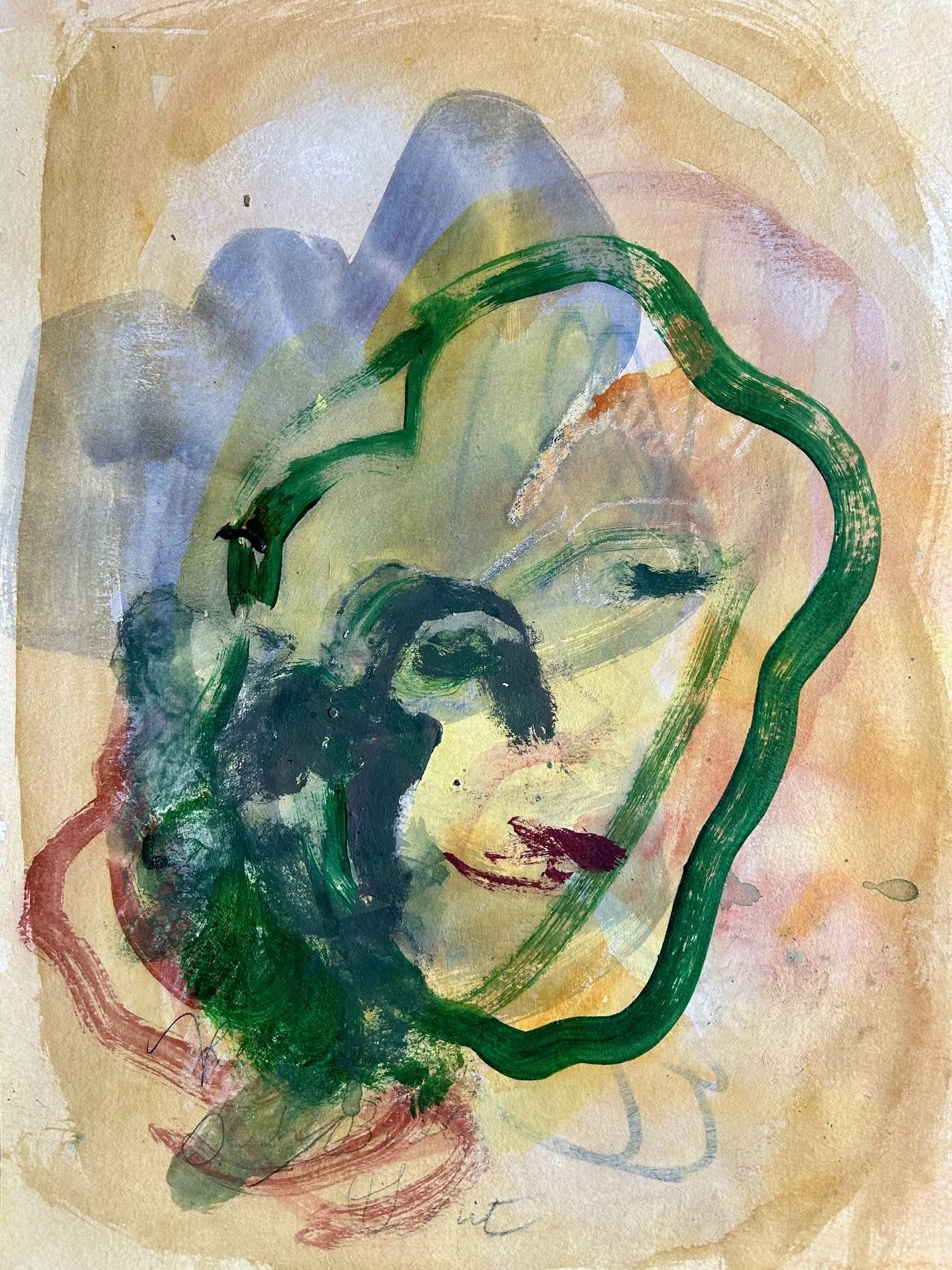ANONYMOUS CITIZENS, a series of loosely painted portraits.
Escaping the confines of one reality and entering an alternate reality is often where I find meaning within the complexity of the mind and the emotions it houses. Thank you to the Pollock-Krasner Foundation and the Puffin Foundation for making this body of work possible.
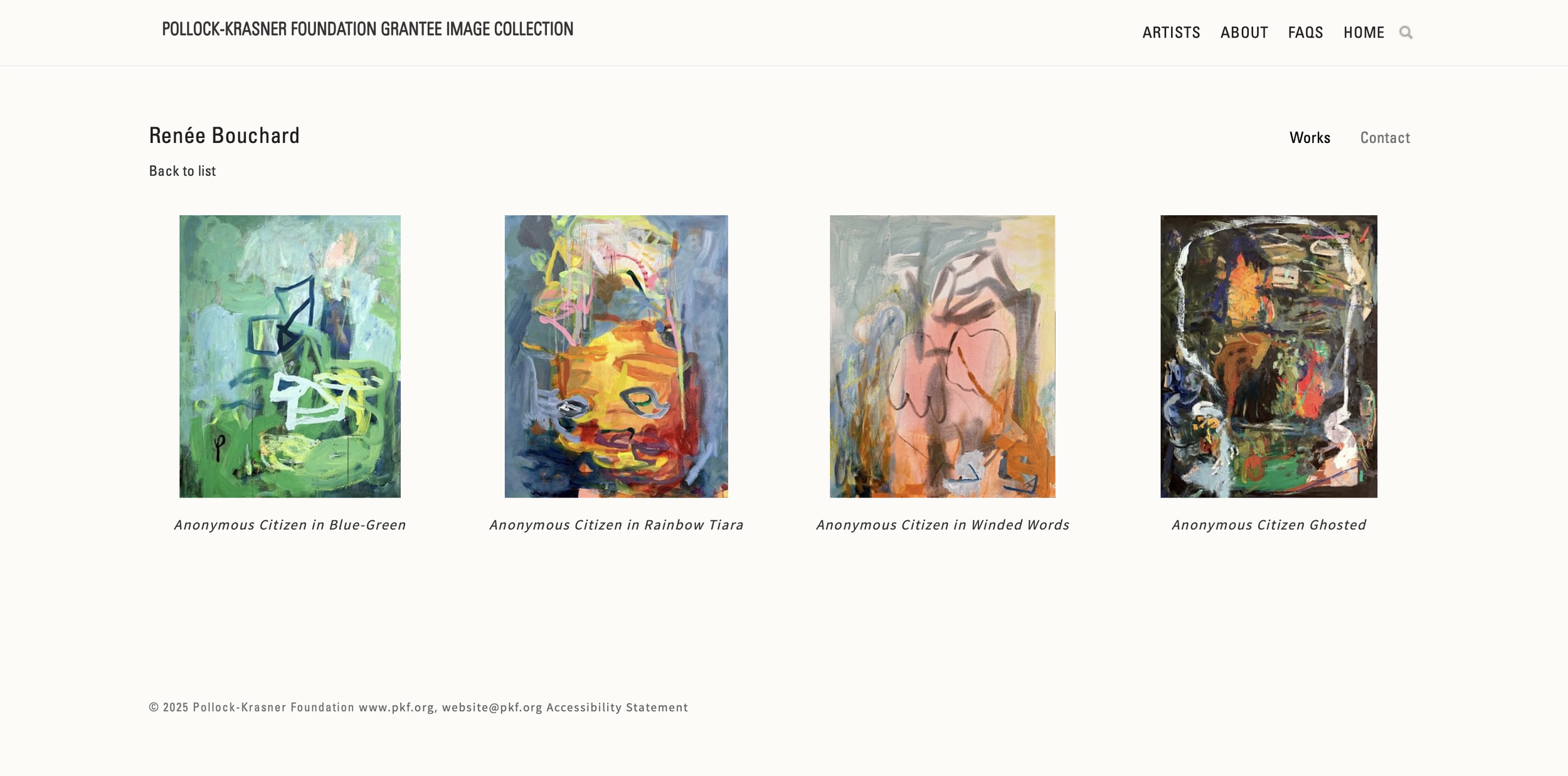
2023 POLLOCK-KRASNER FELLOW
2023 POLLOCK-KRASNER FELLOW
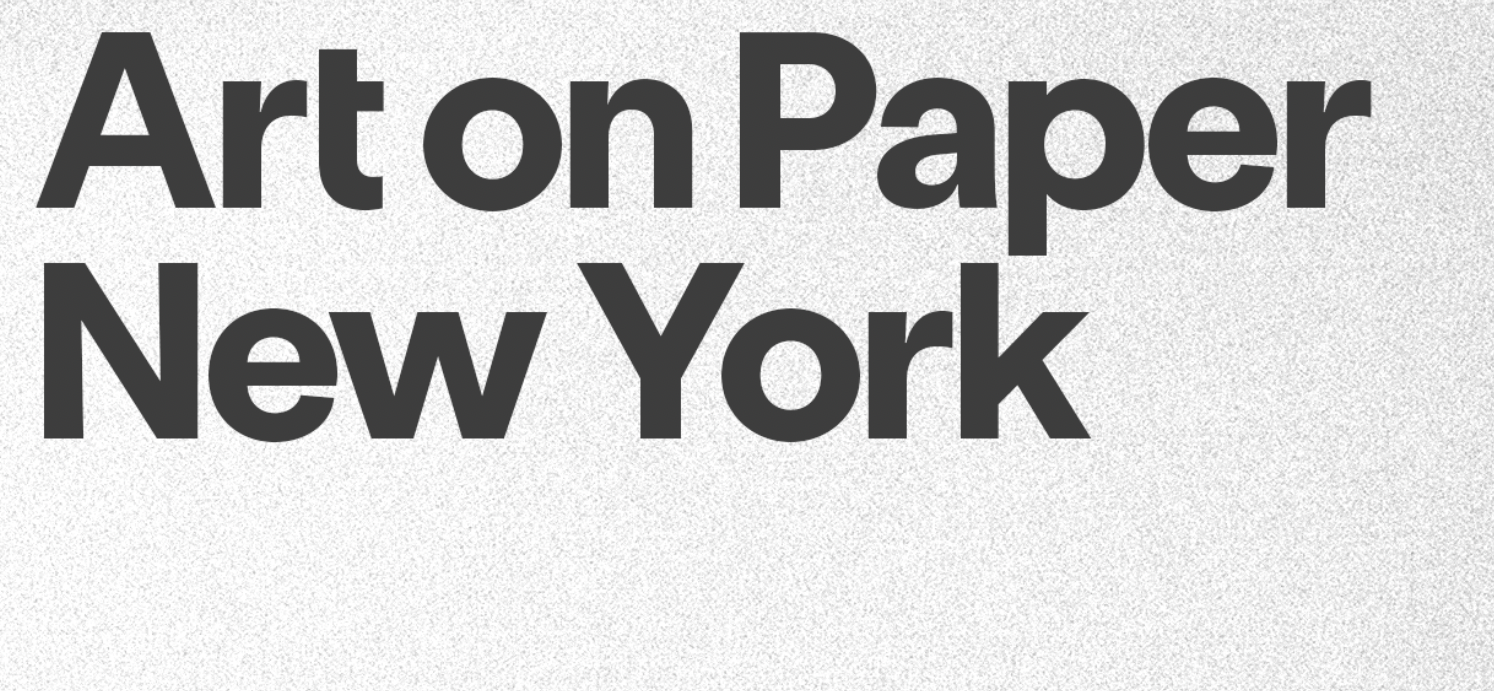
Art Sales and Research, Lindsey Brown, Booth #D-07 SEPT 4-7 2025
Renée Bouchard Anonymous Citizen in Grass 2023 Watercolor, colored pencil, charcoal, and acrylic on paper 15 x 11 inches (framed)
UPSTATE ART WEEKEND Open 10-3 Thurs- Mon for Upstate Art Weekend. 99 Willow Lane, Clinton Corners, NY
Open Sat and Sun 2-6pm through August 3rd.
DIRECT INQUIRES TO:
ART SALES & RESEARCH c/o Lindsey Brown,
Clinton Corners, NY • Palm Beach, FL
artsalesandresearch@gmail.com 347.768.3954
“Art on Paper” (forthcoming)
Sept 4-7 2025, NYC
upcoming summer 2025 events
June 28th, 2025 6-9 pm Reception at Kiddie Pool Art 128 Grand St, Albany, NY
7:00 pm: Special guest speaker, John DiLeva Halpern, Institute for Cultural Activism International
Renée Bouchard Anonymous Citizen with Rainbow Tiara 2023 Acrylic and colored pencil on canvas 30 x 24 inches “Painter Reneé Bouchard’s Anonymous Citizen series questions the concept of naming, bearing witness to the tension between the collective "we" and the individual. Color skitters and flows from connection to isolation, embodying the fragile nature of identity in the face of imperialism. Renée Bouchard is a Pollock-Krasner and Puffin Foundation grantee. She has held residencies at the Vermont Studio Center, the Cooper Union and Collar Works.” Karley Sullivan, KIDDIE POOL, ALBANY, NY
Anonymous Citizen in Rainbow Tiara 2022 Acrylic, watercolor, and colored pencil on canvas 30 x 24 inches
Anonymous Citizen with Peridot 2025 Watercolor, acrylic, and wax crayon on paper 15 x 11 inches
Anonymous Citizen In Winded Words 2022 Acrylic, watercolor and colored pencil on canvas 30 x 24 inches
Anonymous Citizen Near Fresh Water 2025 Acrylic on canvas 30 x 24 inches
Anonymous Citizen and Smoke 2023 Acrylic, watercolor and colored pencil on canvas 30 x 24 inches
Anonymous Citizen in Yellow and Grey 2020 Acrylic, watercolor, wax crayon, and colored pencil on Arches water color paper 15 x 11 inches
Anonymous Citizen with Inverted Basket 2023 Acrylic, watercolor and colored pencil on canvas 30 x 24 inches
Anonymous Citizen as Ghost 2024 Acrylic, watercolor on canvas 30 x 24 inches
Anonymous Citizen with Pink Nose 2020 Acrylic, watercolor, wax crayon, and colored pencil on Arches water color paper 15 x 11 inches
Anonymous Citizen in Collaboration with Their Young Child 2022 Acrylic, watercolor and colored pencil on canvas 30 x 24 inches
Anonymous Citizen as Mountain 2020 Watercolor and acrylic on paper 12 x 11 inches
Anonymous Citizen in Goggles 2020 Acrylic, watercolor, wax crayon, and colored pencil on Arches water color paper 15 x 11 inches
Anonymous Citizen March 23, 2020 Acrylic, watercolor, wax crayon, and colored pencil on Arches water color paper 15 x 11 inches
Anonymous Citizen in Grass 2020 Acrylic, watercolor, wax crayon, and colored pencil on Arches water color paper 15 x 11 inches Private Collection
Anonymous Citizen Zig-Zagged 2025 Watercolor, acrylic, and wax crayon on paper 15 x 11 inches
Anonymous Citizen in Blue-Green 2022 Acrylic on canvas 30 x 24 inches Private Collection
Anonymous Citizen with Countershading 2023 Acrylic and watercolor on paper 15 x 10 inches Private Collection
Anonymous Citizen Becoming 2023 Watercolor on paper 15 x 10 inches Private Collection
Anonymous Citizen in Graphite 2023 Acrylic, graphite and watercolor on paper 15 x 10 inches Private Collection
Anonymous Citizen with Apple Mouth 2025 Watercolor, acrylic and graphite on paper 15 x 11 inches
Anonymous Citizen in the Wind 2022 Watercolor, acrylic, colored pencil and shavings 15 x 11 inches
Anonymous Citizen Squeezed In 2025 Watercolor, acrylic, and graphite on paper 15 x 11 inches
Anonymous Citizen in Chartreuse 2020 Acrylic, watercolor, wax crayon, and colored pencil on Arches water color paper 15 x 11 inches Private Collection
Anonymous Citizen Looking to the Left 2021 Watercolor, acrylic, collage, and graphite on paper 15 x 11 inches
Anonymous Citizen as Patriarch 2019 Acrylic on panel 32 x 24 inches Private Collection
Anonymous Citizen in Emerald Watercolor and graphite on paper 15 x 11 inches
Anonymous Citizen Trompe L'œil 2024 Watercolor, acrylic, colored pencil and graphite on paper 15 x 11 inches
Renée Bouchard Anonymous Citizen Winking 2022 Acrylic on canvas 30 x 24 inches
Anonymous Citizen January 12, 2020 Watercolor, acrylic, colored pencil and graphite on paper 15 x 11 inches
Anonymous Citizen as Mercury the Element 2021 Watercolor, acrylic, and colored pencil on paper 15 x 11 inches
Anonymous Citizen and Vessel 2023 Watercolor and acrylic on paper 15 X 10 inches
Anonymous Citizen in Blue-Green Watercolor, acrylic, and wax crayon on paper 15 x 11 inches
Anonymous Citizen in Blue-Green 2024 Watercolor on paper 15 x 11 inches
Renée Bouchard Anonymous Citizen Self-Determined 2022 Acrylic on canvas 30 x 24 inches
Anonymous Citizens and Circle Tracings 2024 Distemper, acrylic and collage on paper 48 x 48 inches
Anonymous Citizen with a Long Neck 2024 Watercolor and acrylic on paper 15 x 11 inches
Anonymous Citizen at Sun Down 2021 Watercolor, acrylic, collage, and graphite on paper 15 x 11 inches
“Renée is an intuitive painter with a magical sense of color, and gestural mark-making. Renée’s path is heroic as she studies, writes, paints, and tends to her child and garden with love and care. She is deeply committed to her painting, to growth, expansion and creating community.”
— Faith Wilding, Womanhouse, Eco-Feminist and former advisor & mentor.
“To know Renée is to understand her need to constantly engage with contemporary critical discourse around race, class, gender, and the intersections therein. She employs the rich vernacular of Abstract Expressionism in her own work, while exploiting its tropes and pitfalls.”




